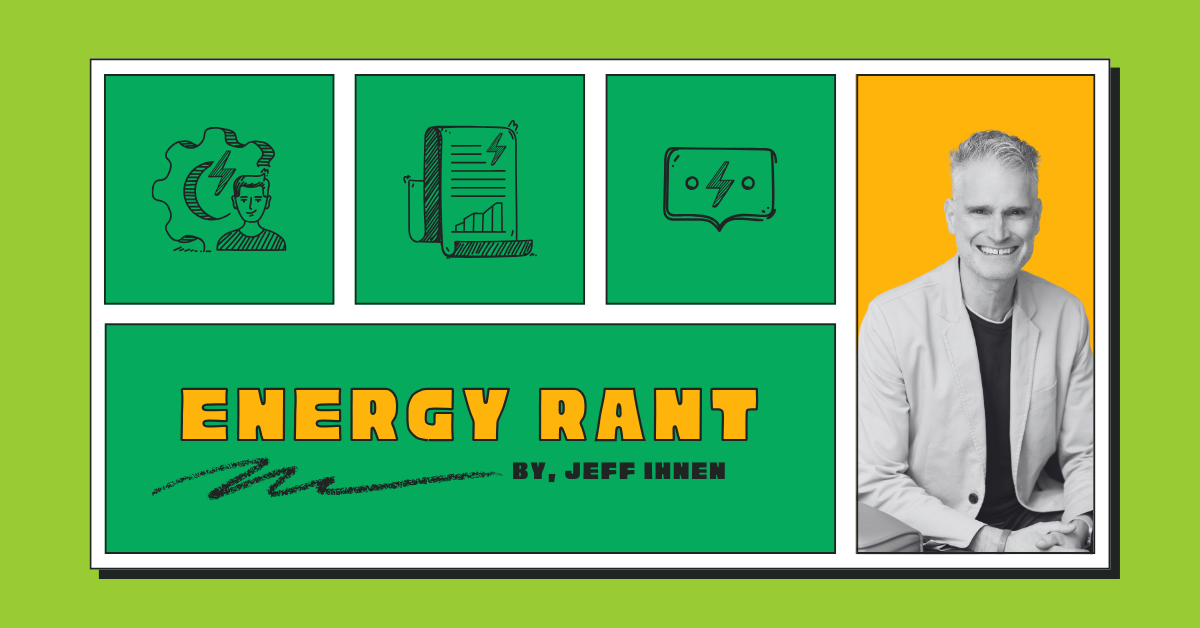
I was recently reading a letter to the editor in The Wall Street Journal where the reader blasted ag biotech companies like Dow Chemical and Monsanto for creating “superweeds”. Monsanto transformed crop farming with the development of Roundup herbicide, which kills practically anything with roots but is otherwise quite benign (oxymoron alert). They later developed genetically modified seeds for plants that are immune to the weed killer. But weeds, like bacteria, have morphed to become immune to Roundup. The letter goes on to compare the superweeds to antibiotic–resistant organisms. Except, nobody is going to be killed by a superweed. So I finished reading that and thought, “yep, we should just surrender to the weeds.” The guy proposed no solutions.
The bottom line: there are tradeoffs with just about everything. Likewise, LEED is not without flaws due to a nuisance called reality. This recent report by Environment and Human Health, Inc. seems to indicate LEED certified buildings are as dangerous as catching a falling knife while standing on a mixture of burning coals and broken glass in a cloud of radon and asbestos dust while bathing in beams of UV and high energy gamma radiation. Good grief. What do they expect? LEED buildings to be as safe as surgery suites with massive air changes of fresh air, positively pressurized and filtered to 0.1 micrometer (that’s 3x better than required)? LEED is not intended to be the fountain of youth and anyone who thinks it is will have buyer’s remorse because LEED will not make you immortal.
These people are whining that the tight buildings promoted by LEED lead to higher concentrations of “toxic” chemicals indoors. Anything can be considered toxic. A year or two ago a woman overdosed on water for a stupid radio contest to see who could down the most water in a short period of time – all to win some concert tickets or something. It was lethal. Dead. The EPA has declared CO2, a vital gas we cannot live without, to be dangerous enough that they must regulate it. The Supremes obliged. Peanuts can also be lethal. Should we have a credit for a peanut-free facility? What about fire? We have fire codes, alarms, strobes, exit signs, multiple egresses, emergency lights, sprinklers, and extinguishers. People still die in fires and explosions. What should LEED become? A specification for a bomb-proof rubber room with no sharp objects, electricity, or natural gas with 20 air changes per hour?
Study finding: There is no federal standard or regulation of green building standards. Thank God! One of the reasons LEED has been spectacularly successful is it’s directors are primarily engineers, architects, developers, and manufacturers – people who live in the real world, want to make the world a better place, and they need to get things done and move on. If this were turned over to the feds, count on the price of certification to triple. The whole thing would become politicized and the companies with the deepest pockets will turn Washington into their primary delivery channel for their products and services. NO THANK YOU!
Finding: Energy efficiency has priority over health. Note to EEHI: The two Es in LEED stand for energy and environmental (design). The primary objective is sustainability, which means something different to everyone but everyone would agree it includes elements of resource preservation and minimal impact on environment due to garbage, water runoff, energy and water consumption, transportation and a bunch of other stuff. The objective is to minimize these impacts while improving indoor environment by promoting the assurance of ventilation levels, air filtering, minimization of volatile organic compound emissions (paint and adhesive smell), and in fact there is a credit for extra ventilation over and above the minimum “required”.
Finding: The Green Building Council’s award of “platinum,” “gold”, and “silver” status conveys the false impression of a healthy and safe building environment. What? How is this?
Finding: Energy conservation efforts have made buildings tighter, often reducing air exchange between the indoors and outdoors. It is becoming clear, these people haven’t gone beyond the list of credits. Ventilation is governed by ASHRAE Standard 62, which states “This standard is intended for regulatory application to new buildings, additions to existing buildings and those changes to existing buildings that are identified in the body of the standard”. So there you have it – regulation!
Finding: Tens of thousands of different building materials and products are now sold in global markets. Many of these products contain chemicals recognized by the U.S. National Toxicology Program, the CDC, or the World Health Organization to be hazardous. And the point is….? Gasoline is explosive, therefore, LEED is bad. OH, I get it. Sorry for being so slow minded.
Finding: No Level of LEED Certification Assures Health Protection. Tell me. Does ANYTHING assure health protection? Answer: NO. Why? Because somebody is doing something really stupid somewhere every second of the day and if they get hurt the “assurers of health protection” get sued out of existence. These people should look on the back side of their sun visors in their cars.
Finding/conclusion: LEED Credit System—Something For All, Guarantees for None. That is correct sir! If LEED guaranteed anything, it wouldn’t exist. There are a thousand reasons for no guarantees, starting with the main one: the design and construction team responsible for LEED certification cannot prevent the owner from doing stupid things from day one.
Academic “experts” can blast anything to bits from the ivory tower. Perhaps they should consider the cost of living by their creed and what the market will bear. LEED, even when done poorly reduces resource depletion, pollution, and improves indoor environment compared to the status quo, on average, all else equal. Maybe they should start their own LEED on steroids and just sit and wait for the phone to ring before assaulting the next advancement in comprehensive sustainable design and construction practices.
